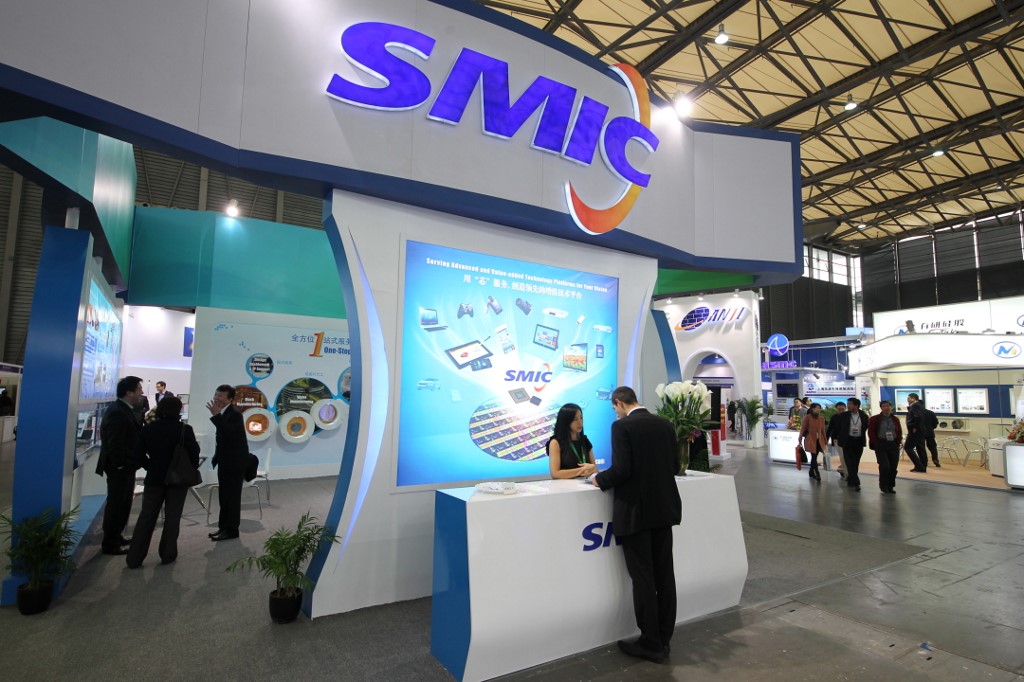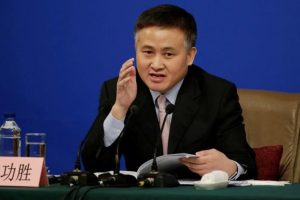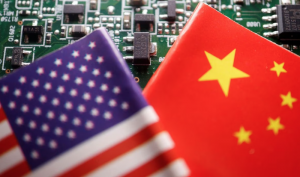(ATF) Semiconductor Manufacturing International Corp (SMIC) cannot make enough chips to meet demand and raised its expectations for sales for the first half of the year.
“Our current capacity could not fulfill customer needs, and products in every market segment faced shortages,” Zhao Haijun, co-chief executive, said in a company earnings call.
US export controls on SMIC, China’s largest chipmaker, have constrained supply and forced many customers to look elsewhere for their chips.
The Trump administration put SMIC on a US export blacklist in December 2020. Zhao said these restrictions have created uncertainties for its capacity expansion plans but the company had seen “lots of progress”.
SMIC reported sales of $1.1 billion in the first quarter of 2021, a year-on-year increase of 22%, and gross profit reached $250 million, a 7.1% increase.
‘HIGHER THAN EXPECTED’
The company said it expected revenue of $2.4 billion for the first half of the year, which it called “higher than expected.” Shares in the company rose as much as 4.4% in Hong Kong before easing to HK$23.85, just 0.2% up.
Zhao said the company was working to rapidly expand capacity, with some facilities moving ahead of schedule.
He added that demand for Internet-of-Things related chips, such as WiFi modules and micro-controller units, remained in tight supply across the industry.
Backed by state funding, SMIC is a key player in China’s efforts to boost its domestic semiconductor manufacturing capabilities.
In March, the company announced it would invest $2.35 billion with the government of Shenzhen to build a new fabrication plant.
With reporting by Reuters
























